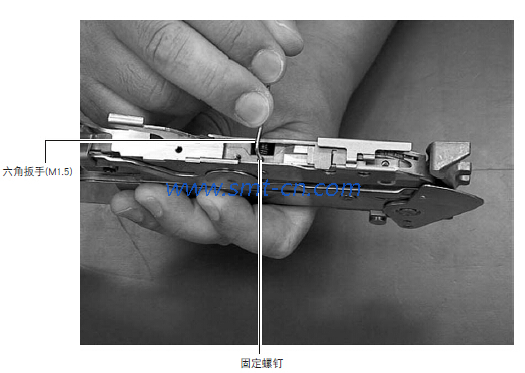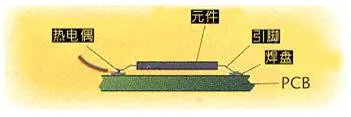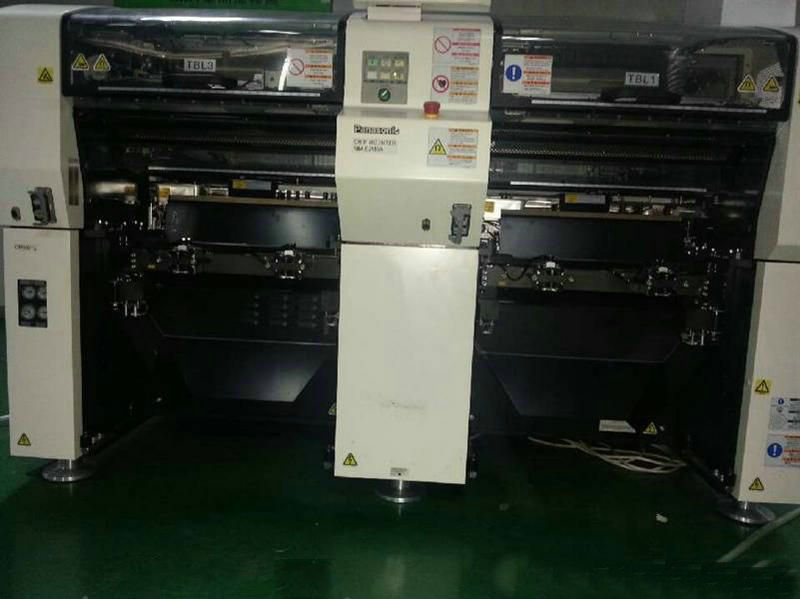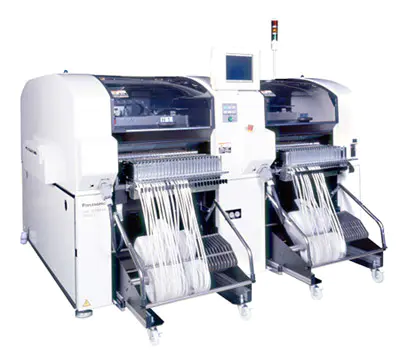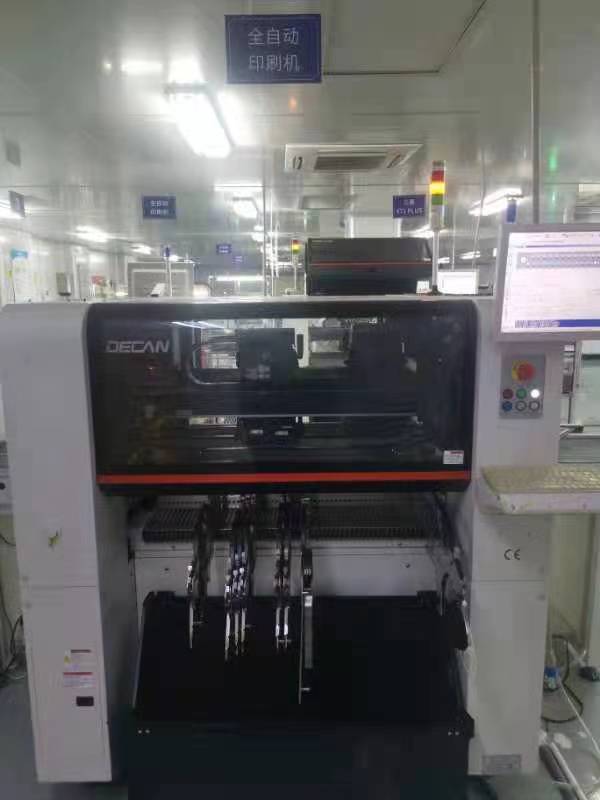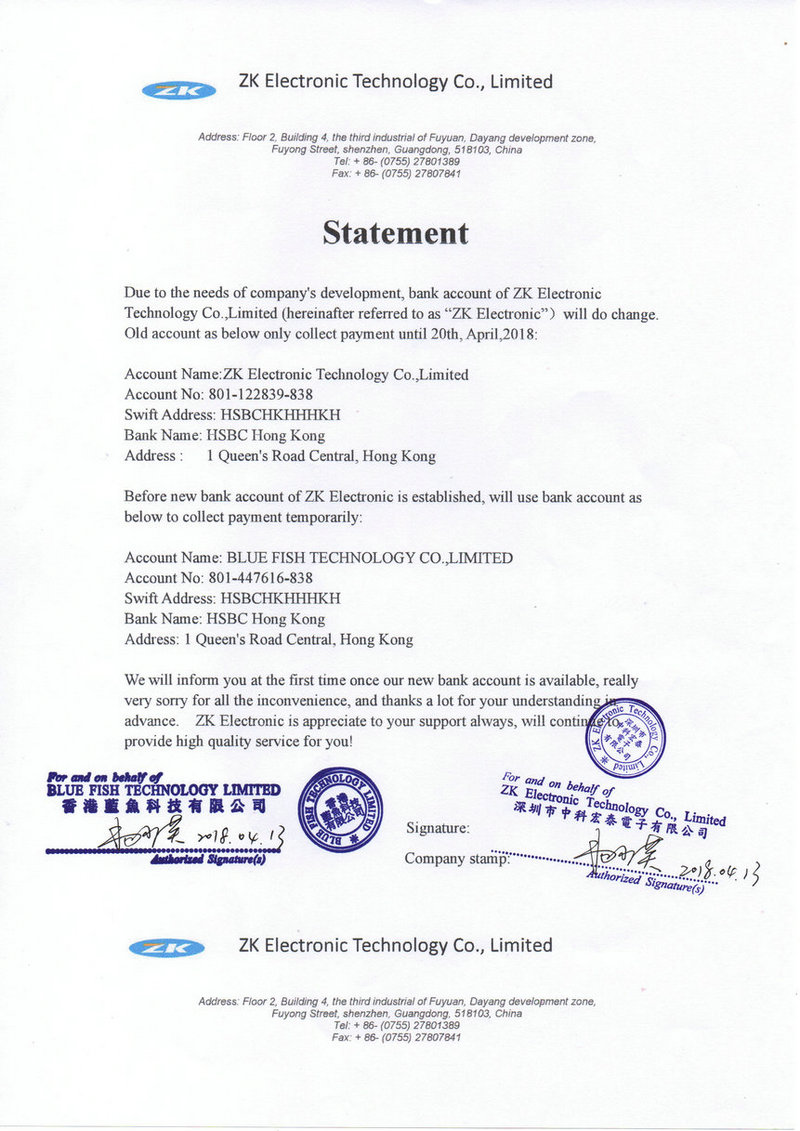NEWS
Six Sigma Definition
- Categories:Industry News
- Author:Becky Su
- Origin:
- Time of issue:2024-02-24 10:28
- Views:
(Summary description)Six Sigma Definition Six Sigma a.k.a.: 6σ, 6Sigma, 6Σ Sigma (Σ, σ)[1][2] is a Greek letter that is a statistical unit used to measure the standard error in a total number. Its meaning is derived to mean that the defect rate of an average company is about 3 to 4 sigma, which, in terms of 4 sigma, is equivalent to 6,210 errors per million opportunities. If a company continually pursues quality improvement to the extent that it reaches 6 sigma, its performance will be close** to meeting customer requirements, with only 3.4 defective items found out of a million opportunities. The Six Sigma (6σ) concept, as a quality management concept, was first proposed by Bill of Motorola in 1986, with the aim of designing a goal: to reduce the number of defects in products and processes in the production process, to prevent product variation, and to improve quality. Really popular and developed, is the practice of General Electric Company, that is, the 1990s developed 6 σ (sigma) management is summarized in the successful experience of quality management, distilled the essence of which the process management skills and * proven methods, to become a kind of management model to improve corporate performance and competitiveness. The management method in Motorola, General Electric, Dell, Hewlett-Packard, Siemens, Sony, Toshiba and many other multinational enterprises has proved to be fruitful. For this reason, some domestic departments and organizations vigorously push 6σ management in domestic enterprises and guide them to carry out 6σ management. With the accumulation of practical experience, it has been derived from a mere process optimization concept to a management philosophy. It is not only a standard to measure the capability of business processes, not only a set of methods for continuous optimization of business processes. The Greek letter σ (pronounced SIGMA, capitalized as Σ) is a unit in statistics that represents the standard deviation from the mean. The Six Sigma (SIXSIGMA) quality level indicates that there are only 3.4 defects in a million opportunities for defects in a production or service process, i.e. a pass rate of 99.9997% is achieved. The implementation of Six Sigma quality plan requires management intervention, and by specially trained internal Six Sigma quality plan staff and project leaders to organize and implement, in order to achieve the short-term goal of reducing deviations and improving process capability and the long-term goal of achieving the world** level of Six Sigma. Six Sigma is the enterprise to refine the scientific management of a quality goal, this quality goal is the enterprise within the various departments to work together to be able to achieve the overall. Motorola and General Electric and other companies to implement the achievements of Six Sigma, but also within the business sector hundreds of thousands of impact on product design, production, service, one by one to improve the results of efforts. The Six Sigma approach has affected dozens of management processes and transaction flows. For example, in customer support and product delivery, a better understanding of customer needs and improvements in evaluation systems have enabled us to take greater strides in pursuing service improvements and timely product delivery.
Six Sigma Definition
(Summary description)Six Sigma Definition
Six Sigma a.k.a.: 6σ, 6Sigma, 6Σ
Sigma (Σ, σ)[1][2] is a Greek letter that is a statistical unit used to measure the standard error in a total number.
Its meaning is derived to mean that the defect rate of an average company is about 3 to 4 sigma, which, in terms of 4 sigma, is equivalent to 6,210 errors per million opportunities. If a company continually pursues quality improvement to the extent that it reaches 6 sigma, its performance will be close** to meeting customer requirements, with only 3.4 defective items found out of a million opportunities.
The Six Sigma (6σ) concept, as a quality management concept, was first proposed by Bill of Motorola in 1986, with the aim of designing a goal: to reduce the number of defects in products and processes in the production process, to prevent product variation, and to improve quality.
Really popular and developed, is the practice of General Electric Company, that is, the 1990s developed 6 σ (sigma) management is summarized in the successful experience of quality management, distilled the essence of which the process management skills and * proven methods, to become a kind of management model to improve corporate performance and competitiveness. The management method in Motorola, General Electric, Dell, Hewlett-Packard, Siemens, Sony, Toshiba and many other multinational enterprises has proved to be fruitful. For this reason, some domestic departments and organizations vigorously push 6σ management in domestic enterprises and guide them to carry out 6σ management.
With the accumulation of practical experience, it has been derived from a mere process optimization concept to a management philosophy. It is not only a standard to measure the capability of business processes, not only a set of methods for continuous optimization of business processes.
The Greek letter σ (pronounced SIGMA, capitalized as Σ) is a unit in statistics that represents the standard deviation from the mean. The Six Sigma (SIXSIGMA) quality level indicates that there are only 3.4 defects in a million opportunities for defects in a production or service process, i.e. a pass rate of 99.9997% is achieved. The implementation of Six Sigma quality plan requires management intervention, and by specially trained internal Six Sigma quality plan staff and project leaders to organize and implement, in order to achieve the short-term goal of reducing deviations and improving process capability and the long-term goal of achieving the world** level of Six Sigma.
Six Sigma is the enterprise to refine the scientific management of a quality goal, this quality goal is the enterprise within the various departments to work together to be able to achieve the overall. Motorola and General Electric and other companies to implement the achievements of Six Sigma, but also within the business sector hundreds of thousands of impact on product design, production, service, one by one to improve the results of efforts. The Six Sigma approach has affected dozens of management processes and transaction flows. For example, in customer support and product delivery, a better understanding of customer needs and improvements in evaluation systems have enabled us to take greater strides in pursuing service improvements and timely product delivery.
- Categories:Industry News
- Author:Becky Su
- Origin:
- Time of issue:2024-02-24 10:28
- Views:
Six Sigma Definition
Six Sigma a.k.a.: 6σ, 6Sigma, 6Σ
Sigma (Σ, σ)[1][2] is a Greek letter that is a statistical unit used to measure the standard error in a total number.
Its meaning is derived to mean that the defect rate of an average company is about 3 to 4 sigma, which, in terms of 4 sigma, is equivalent to 6,210 errors per million opportunities. If a company continually pursues quality improvement to the extent that it reaches 6 sigma, its performance will be close** to meeting customer requirements, with only 3.4 defective items found out of a million opportunities.
The Six Sigma (6σ) concept, as a quality management concept, was first proposed by Bill of Motorola in 1986, with the aim of designing a goal: to reduce the number of defects in products and processes in the production process, to prevent product variation, and to improve quality.
Really popular and developed, is the practice of General Electric Company, that is, the 1990s developed 6 σ (sigma) management is summarized in the successful experience of quality management, distilled the essence of which the process management skills and * proven methods, to become a kind of management model to improve corporate performance and competitiveness. The management method in Motorola, General Electric, Dell, Hewlett-Packard, Siemens, Sony, Toshiba and many other multinational enterprises has proved to be fruitful. For this reason, some domestic departments and organizations vigorously push 6σ management in domestic enterprises and guide them to carry out 6σ management.
With the accumulation of practical experience, it has been derived from a mere process optimization concept to a management philosophy. It is not only a standard to measure the capability of business processes, not only a set of methods for continuous optimization of business processes.
The Greek letter σ (pronounced SIGMA, capitalized as Σ) is a unit in statistics that represents the standard deviation from the mean. The Six Sigma (SIXSIGMA) quality level indicates that there are only 3.4 defects in a million opportunities for defects in a production or service process, i.e. a pass rate of 99.9997% is achieved. The implementation of Six Sigma quality plan requires management intervention, and by specially trained internal Six Sigma quality plan staff and project leaders to organize and implement, in order to achieve the short-term goal of reducing deviations and improving process capability and the long-term goal of achieving the world** level of Six Sigma.
Six Sigma is the enterprise to refine the scientific management of a quality goal, this quality goal is the enterprise within the various departments to work together to be able to achieve the overall. Motorola and General Electric and other companies to implement the achievements of Six Sigma, but also within the business sector hundreds of thousands of impact on product design, production, service, one by one to improve the results of efforts. The Six Sigma approach has affected dozens of management processes and transaction flows. For example, in customer support and product delivery, a better understanding of customer needs and improvements in evaluation systems have enabled us to take greater strides in pursuing service improvements and timely product delivery.
Related News
CONTACT US
Hotline:(0086)755-27801389
Mobile: (0086)15323874439
Sale No.1: becky@hysmt.cn
Sale No.2: fhysmt@hysmt.cn
Sale No.3: zksale@hysmt.cn
Sale No.4: sale@hysmt.cn
Sale No.5: elsey@hysmt.cn
GIVE ME A MESSAGE
Copyright: ZK Electronic Technology Co., Ltd 粤ICP备11054297号 Powered by www.300.cn


